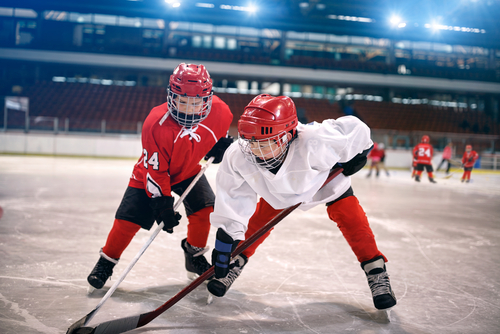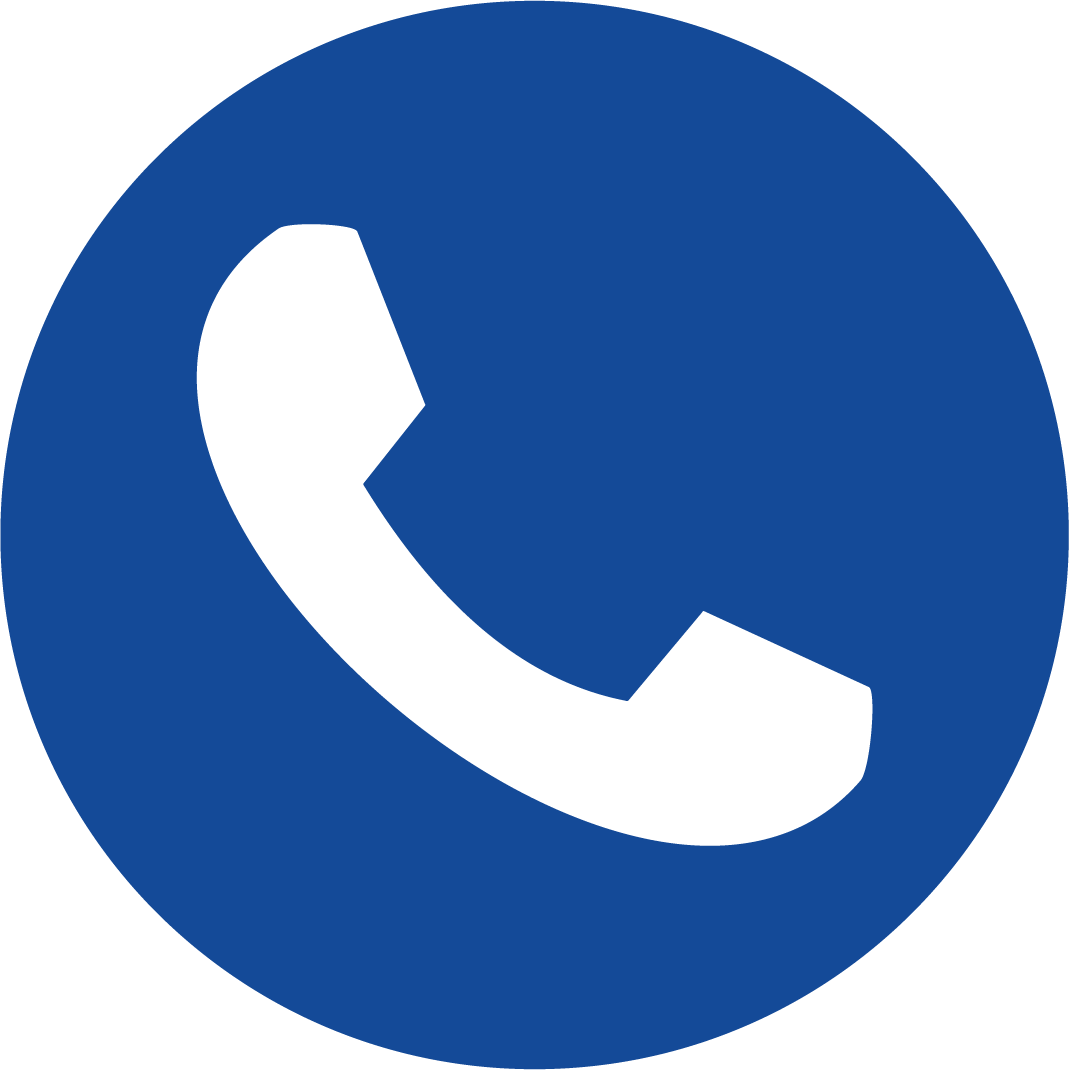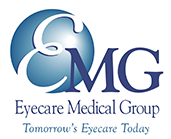
Every April, the American Academy of Ophthalmology observes Sports Eye Safety Month. Sports are a huge part of many people’s lives and can help both children and adults get involved in a supportive community while staying active.
But along with the many health benefits of sports also come some dangers. Most eye-related health issues can be prevented when participating in sports if you’re following the proper safety measures. Keep reading to learn more about Sports Eye Safety Month!
Eye Injuries
When it comes to sports injuries, injuries to the head and eye are some of the most common. Tens of thousands of people end up in the emergency room every year because of injuries sustained out on the field.
But most of these injuries are entirely preventable. Upwards of 90% of injuries that land players in the hospital could have been prevented if they had followed safety guidelines and wearing the right safety equipment.
Safety Equipment
There are many sports that have standard protective gear. The best place to start with safety equipment is to wear the equipment recommended by your coach or team.
But not everyone involved in managing sports knows what kind of safety equipment is recommended. Anything involving a projectile needs eye protection.
You may only think of sports like hockey and baseball as requiring helmets and eye guards. Basketball actually causes a lot of eye injuries, largely due to a lack of safety equipment.
This doesn’t mean you have to play basketball with a helmet on. It does mean you should wear protective glasses for sports like basketball and soccer, even if it seems less common.
This is especially important for children, as their eyes are very vulnerable while they’re growing. Be diligent about getting them the right kind of gear for their sport regardless of what their coach or sports organization recommends.
First Aid
It’s also important to know what to do when an eye injury occurs on the field. Go over basic first aid practices with your coach and team. If you’re a parent, make sure there are people on hand who know first aid. Some general rules:
- If you have something small in your eye, don’t ever try to rub it out. Blink or flush it out with water or saline solution.
- For a blunt injury, use a cold compress.
- If anything punctures the eye, don’t try to remove it. Shield the eye with a cup taped over it and seek immediate medical treatment.
- For any kind of eye injury that causes a lesion, bruise, or visual disturbances, seek immediate medical treatment.
There are more extensive first aid rules when it comes to eye safety, but these are some of the basics. Before practicing or playing a game, make sure you and everyone around you have access to people who know first aid and have first aid kits on hand.
With proper safety equipment and first aid knowledge, you can stay safe while still getting the most out of your sport! Have more questions about eye care during Sports Eye Safety Month? Schedule an appointment at Eyecare Medical Group in Portland, ME, now!





